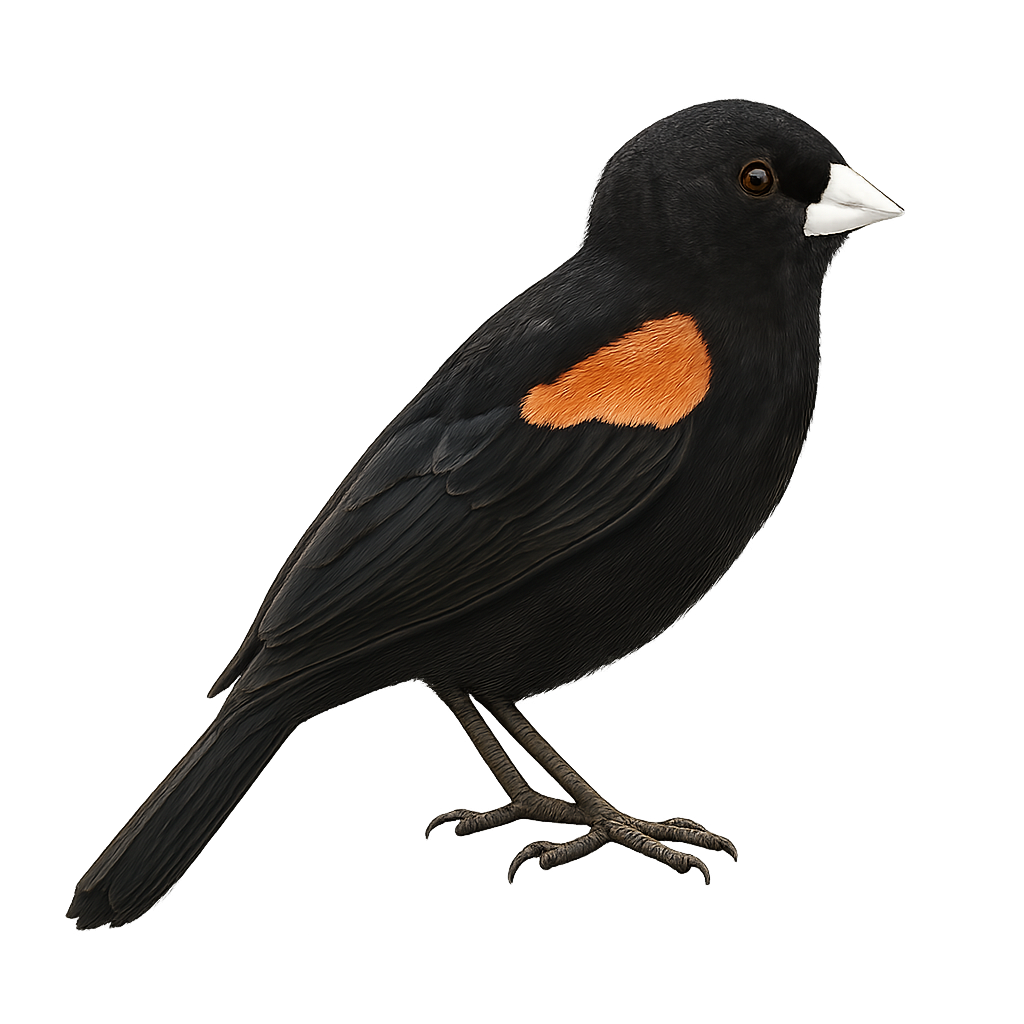Your wildlife photography guide.
Explore the yellow-shouldered widowbird in detail, study its behavior, prepare your shots.
Where to observe and photograph the yellow-shouldered widowbird in the wild
Learn where and when to spot the yellow-shouldered widowbird in the wild, how to identify the species based on distinctive features, and what natural environments it inhabits. The WildlifePhotographer app offers tailored photography tips that reflect the yellow-shouldered widowbird’s behavior, helping you capture better wildlife images. Explore the full species profile for key information including description, habitat, active periods, and approach techniques.
Yellow-shouldered Widowbird
Scientific name: Euplectes axillaris

IUCN Status: Least Concern
Family: PLOCEIDAE
Group: Birds
Sensitivity to human approach: Suspicious
Minimum approach distance: 10 m
Courtship display: November to March
Incubation: 12-14 jours
Hatchings: November to April
Habitat:
wet grasslands, marshes, agricultural areas
Activity period :
Primarily active during the day, with peak activity in the morning and late afternoon.
Identification and description:
The Yellow-shouldered Widowbird is a small bird from the Ploceidae family, predominantly found in the humid regions of sub-Saharan Africa. This passerine is notable for the male's glossy black plumage with striking yellow shoulder patches, while the female is more subdued in brown tones. Males are particularly eye-catching during the breeding season, displaying long tail feathers to attract females. They live in flocks and are often seen in wet grasslands, marshes, and agricultural areas. Their diet mainly consists of seeds, but they also eat insects. Although their population is stable, habitat destruction remains a potential threat.
Recommended lens:
400 mm – adjust based on distance, desired framing (portrait or habitat), and approach conditions.
Photography tips:
To photograph the Yellow-shouldered Widowbird, it's recommended to use a telephoto lens of at least 400mm to capture the details of its plumage without disturbing it. Opt for early morning or late afternoon hours to take advantage of soft lighting. Be patient and discreet, maintaining a distance of at least 10 m to avoid scaring it. A tripod can be helpful to stabilize the camera, especially if using slower shutter speeds.
The WildlifePhotographer App is coming soon!
Be the first to explore the best nature spots, track rutting seasons, log your observations, and observe more wildlife.
Already 1 432 wildlife lovers subscribed worldwide

